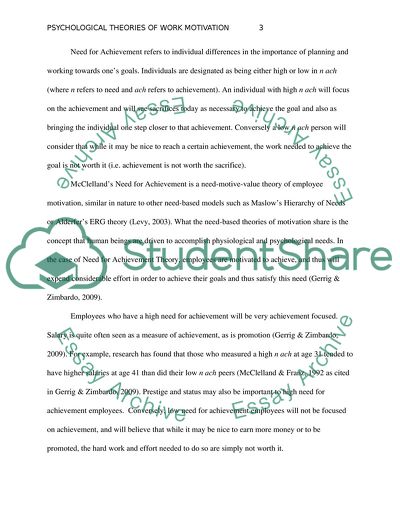Cite this document
(Psychological Theories of Work Motivation Research Paper, n.d.)
Psychological Theories of Work Motivation Research Paper. Retrieved from https://studentshare.org/psychology/1736947-the-psychology-of-employee-motivation
Psychological Theories of Work Motivation Research Paper. Retrieved from https://studentshare.org/psychology/1736947-the-psychology-of-employee-motivation
(Psychological Theories of Work Motivation Research Paper)
Psychological Theories of Work Motivation Research Paper. https://studentshare.org/psychology/1736947-the-psychology-of-employee-motivation.
Psychological Theories of Work Motivation Research Paper. https://studentshare.org/psychology/1736947-the-psychology-of-employee-motivation.
“Psychological Theories of Work Motivation Research Paper”, n.d. https://studentshare.org/psychology/1736947-the-psychology-of-employee-motivation.


